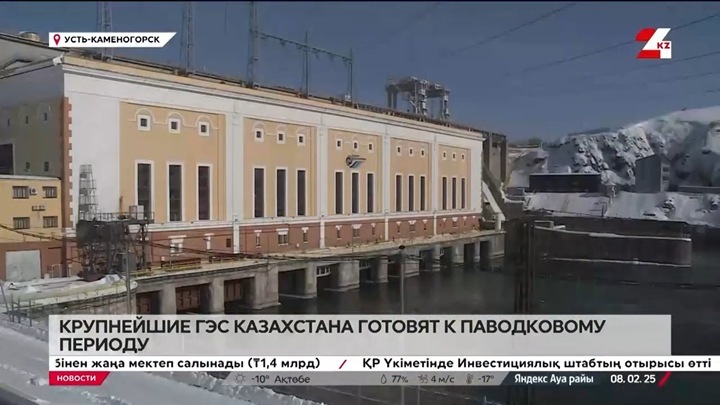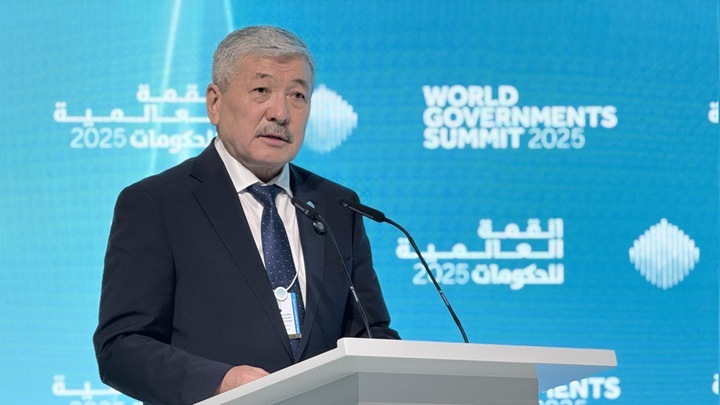Tajikistan’s Water Course: Goals and challenges
In Dushanbe, at a joint meeting of the working group on integrated water resources management and the coordination working group on the implementation of the Water Reform Program of the Republic of Tajikistan, the National Water Strategy until 2040, designed to ensure sustainable management of the country’s water resources, was presented. This document, developed in accordance with the National Development Strategy of the Republic of Tajikistan until 2030 and the UN Sustainable Development Goals, defines the basic principles of state policy in the field of use and protection of water resources, as well as sets ambitious goals and objectives for the coming decades.

The strategy covers a wide range of issues, from providing the population with quality drinking water and the development of irrigation systems to flood protection and adaptation to climate change. The document notes that Tajikistan has significant reserves of water resources, but their use is associated with a number of problems, such as uneven distribution over the territory, deterioration of infrastructure, low efficiency of water use and the negative impact of climate change.
The strategy pays special attention to the development of hydropower. It is indicated that the Government of Tajikistan is continuing the construction of the Rogun Dam, which is expected to double electricity production by 2050. However, the document does not mention the possible environmental consequences of the construction of large hydroelectric power plants, such as changes in the regime of rivers, flooding of territories and the impact on ecosystems.
The strategy also mentions the need to improve the efficiency of water resources use in agriculture, which is the main water consumer in the country. It is planned to introduce water-saving irrigation technologies, carry out anti-filtration measures and improve the land reclamation condition. However, it is not specified which technologies will be used and which funds will be allocated for these purposes.
The document emphasizes the importance of protecting water bodies from pollution. It is planned to reduce the anthropogenic load on water bodies, introduce an environmental rationing system, as well as stimulate the reduction of pollutant discharges. It is not clear, however, what specific measures will be taken to combat pollution, and how their implementation will be monitored.
The strategy provides for the improvement of state regulation and control in the field of use and protection of water resources, the development of a system of state monitoring, as well as scientific, technical and personnel support of the water sector. It is planned to create a National Water Information System, develop basin plans for water resources management and strengthen Tajikistan’s role in solving global and regional water problems.
To implement the strategy, an Action Plan for 2025-2027 is envisaged, including specific activities in various areas. Financing of the events will be carried out at the expense of budgetary funds, private investments, as well as loans and grants from international organizations.
In general, the National Water Strategy of Tajikistan is a comprehensive document aimed at solving a wide range of problems in the water sector. However, the successful implementation of the strategy will require not only the allocation of significant financial resources, but also ensuring transparency, accountability and public participation in the decision-making process.
Alexander Eskendirov
especially for Rivers.Help!


